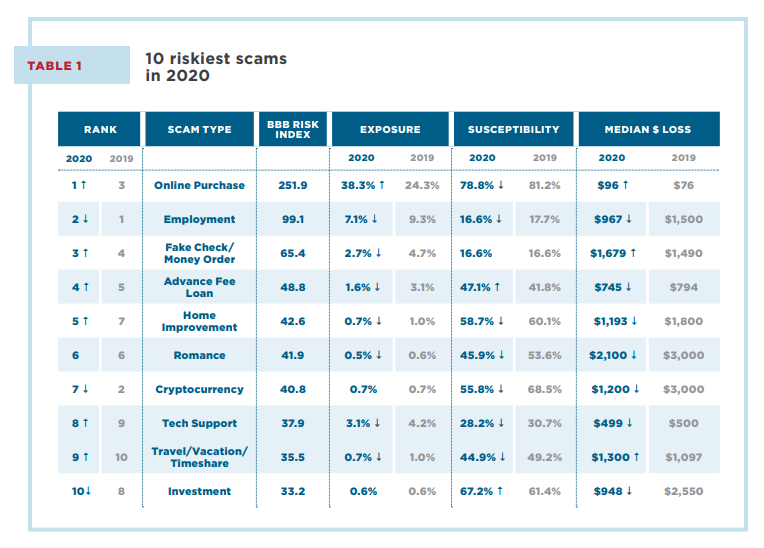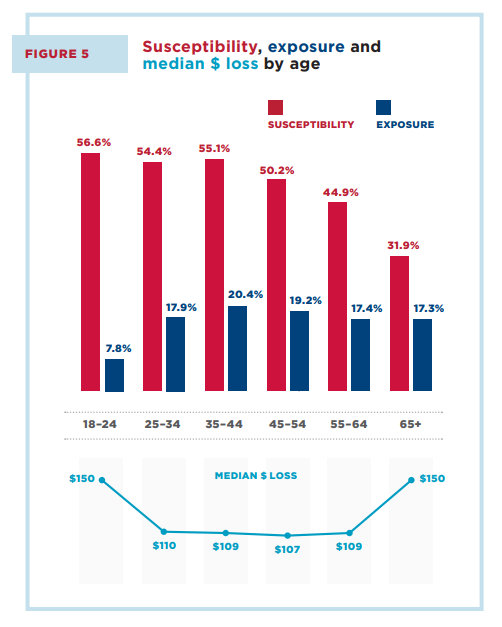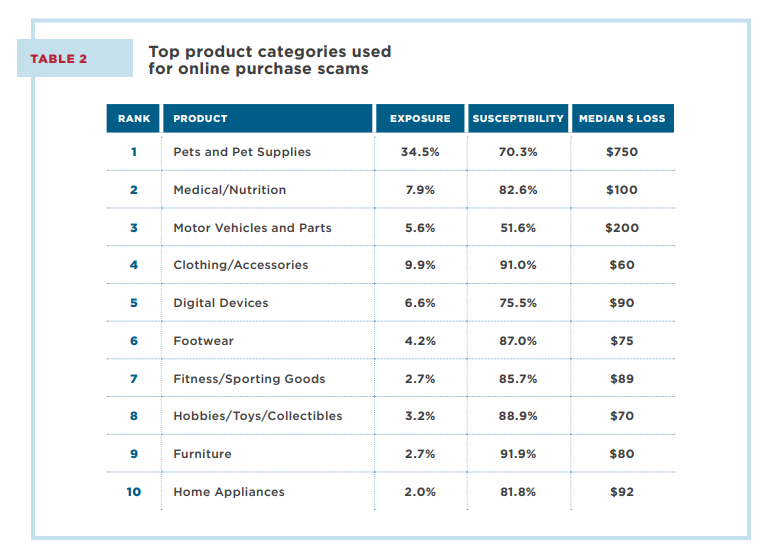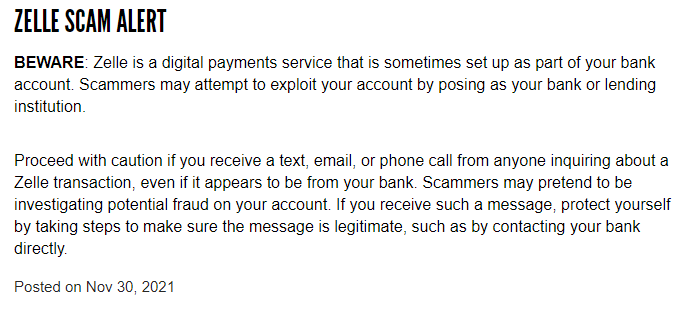Get A Clear View Of Your Finances
You thought we'd say budget first, didn't you? While creating a spending and savings plan (our preferred term over "budget") is essential, the true value in having a plan is clarity. When you know your exact income and expenses, you can better steward the discretionary income left over after your bills are paid. It will become easier for you to decide how much to spend, if you can put more toward debt, what goes into savings, and whether to begin making investments. Your spending and savings plan will also highlight areas that need attention.
For example, is your grocery allocation adequate? Are all of your subscriptions and recurring monthly expenses still necessary, or can any be canceled? Knowing where all of your money is coming from and going to helps you build financial confidence and shows you where you can afford to reduce your debt and begin building wealth.
If you need support with making a spending and savings plan, we've created a straightforward tool that will help!
Work With What You Have
When you're paying down your debt, one conscious decision to adopt is to stop adding to your debt. This step may seem intuitive, but there are circumstances where the urge to just "charge it" may arise.
Many "Buy Now, Pay Later" options are becoming increasingly popular. Though it may feel like it is not, options like Klarna, Afterpay, and Affirm are debt and should be treated as such.
As you work to pay off your credit cards, here's a word of advice: do not close your credit cards!
Closing your credit card accounts may reduce your credit score, as the "age" of your credit factors into your FICO score. By keeping your card open with a $0 balance, you'll have a longer credit history and a larger amount of available credit. The only time you may want to consider canceling a card is if it has pricey annual fees.
Increase Your Income
Paying It Off For Good Starts With A Decision
There are many strategies to use when working toward paying off your debt. The most popular strategies include the snowball method or the avalanche method. By deciding which method you want to use beforehand, you will reap the benefits of paying it off faster.
Snowball Method
"Snowballing" your debt is a type of accelerated debt repayment plan. First, list all of your debts from the smallest balance to the largest balance. Next, make the minimum payment on all your debt except the smallest one. With your smallest debt, you will put as much money as you can toward the balance. Once the smallest debt is paid, take the amount you were putting towards that debt and apply it to the next smallest. With this method, interest rates are not the focus.
Avalanche Method










